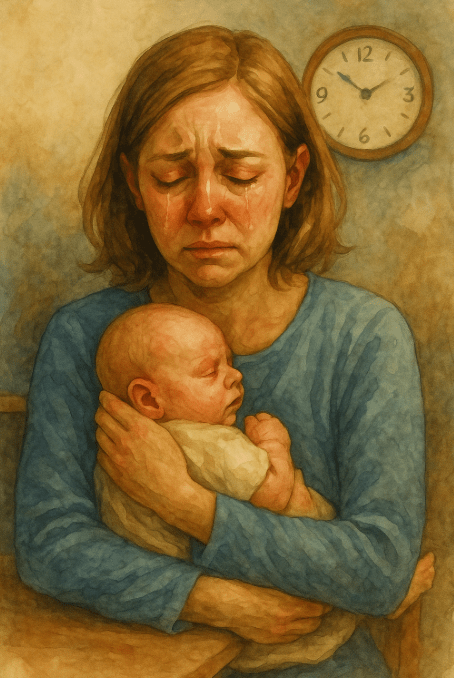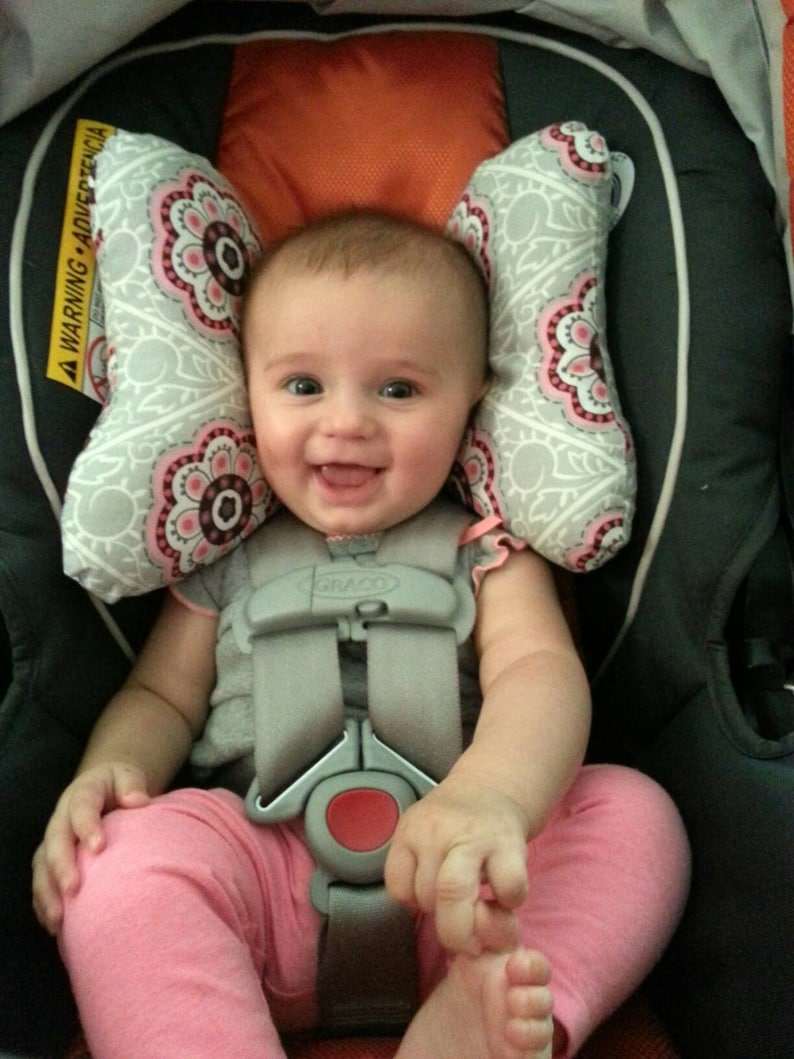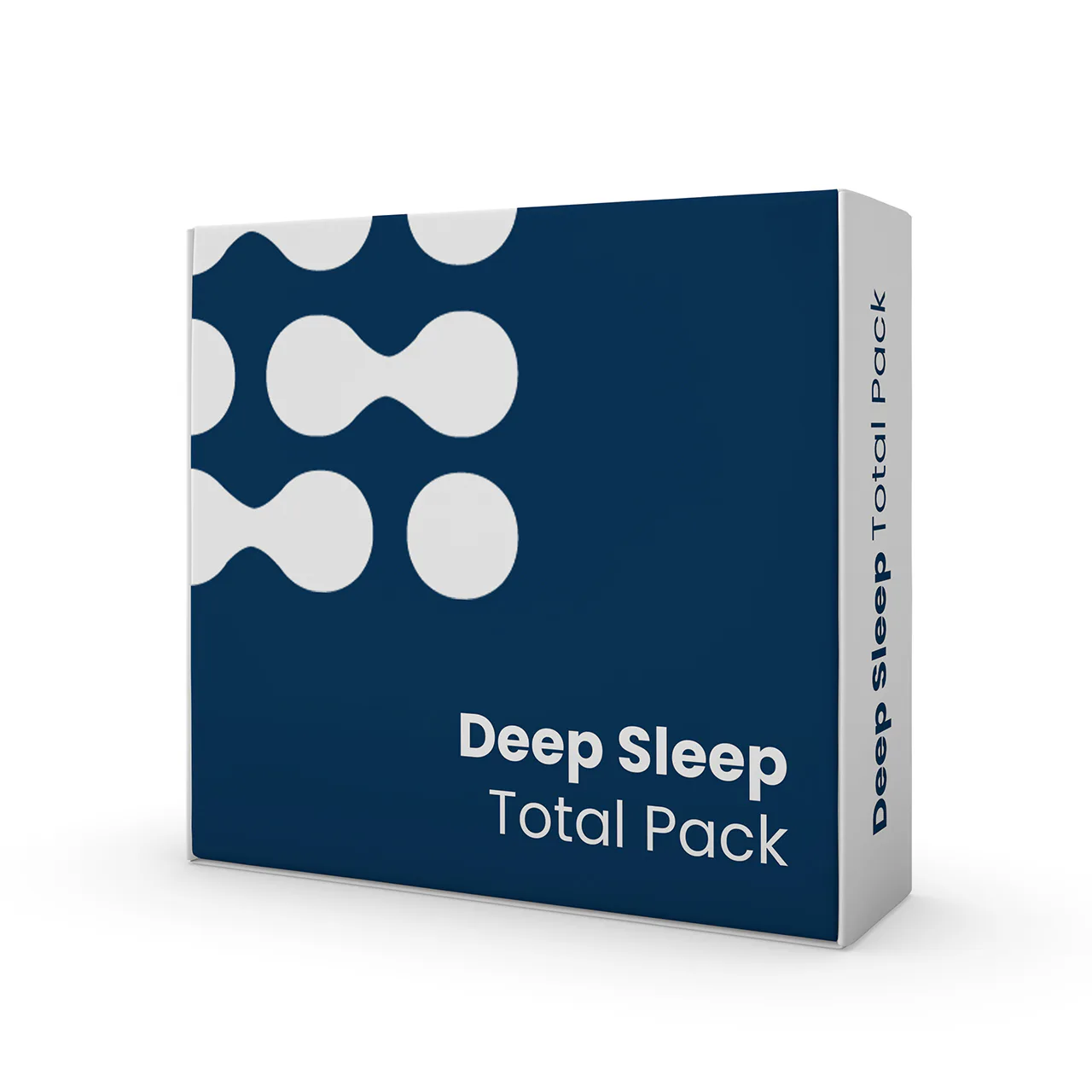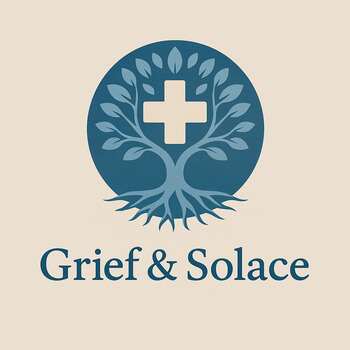Grieving Zellweger Syndrome: When the Diagnosis Is Measured in Days, Not Years
Grief with Zellweger syndrome is immediate, watching a fragile life slip away before it ever had the chance to fully begin.

This post blends real grief with grounded knowledge. It isn’t clinical. It isn’t distant. It’s meant to sit beside you—not above you. The story you’ll read is meant to reflect what so many feel when living through or witnessing this condition: confusion, exhaustion, and quiet forms of courage.
If what you read feels familiar, please speak with your doctor. Your pain deserves more than silence.
We Measured Her Life in Love, Not Time
She entered the world quietly. Not in silence…she breathed. Yet, when she arrived, the room felt suddenly still, as if it instinctively knew it wouldn’t get to keep her.
The doctors spoke of Zellweger Syndrome with a softness and practiced weight, much like one would mention the word “terminal.” It’s a rare genetic disorder, a fatal one…no no cure and no long-term solutions. Just a flicker of existence where years should have unfolded.
They anticipated her days, maybe weeks…
Overview:
Zellweger Syndrome (ZS) is a rare, fatal genetic disorder that presents in newborns and typically leads to death within the first year of life. It is the most severe condition within the Zellweger Spectrum Disorders (ZSDs), also known as peroxisomal biogenesis disorders.
ZS causes widespread cellular dysfunction, impacting the brain, liver, kidneys, muscles, and sensory systems. The condition is also called cerebrohepatorenal syndrome due to its multi-organ involvement.
The nursery remained empty, the crib untouched. Instead, a hospice cradle was moved into the living room, positioned next to the window where sunlight could gently touch her face, for the world would never have that opportunity.
Her mother held her every moment she was awake. She sang the lullabies she had rehearsed during her pregnancy, reading aloud even when she knew her daughter could never respond, could never ask to hear those stories again.
And still, she read…
She measured her daughter’s existence not only in saturations and heartbeats, but also in those precious moments of skin-to-skin contact, the delicate curve of her nose, the slight curling of fingers when touched.
Causes:
ZS is caused by mutations in at least 12 PEX genes, most commonly PEX1. These genes are responsible for forming peroxisomes, cellular structures that break down fats and remove toxins. Without them, cells accumulate toxic substances, leading to organ failure and neurological damage.
It is inherited in an autosomal recessive manner:
– Affected infants inherit two mutated copies—one from each parent
– Carriers typically show no symptoms
🧠 Symptoms:
At birth or soon after, infants may show:
– Broad nasal bridge, high forehead, and wide-set eyes
– Poor muscle tone (hypotonia)
– Seizures
– Difficulty feeding or swallowing
– Jaundice (yellow skin/eyes from liver dysfunction)
– Gastrointestinal bleeding
– Hearing and vision loss
– Enlarged liver or spleen
– Developmental delays (if the baby survives beyond infancy)
Her father wept in the laundry room, wishing to hide his tears from his little girl. Eventually, he cried louder, realizing she would never hear him at all.
They grieved while moving forward, grieved while loving. Every breath felt borrowed; every hour was a gift wrapped in dread. They took photos, held her close, baptized her in bathwater and tears, and shared stories that she would never grow to understand.
When she passed, they didn’t measure it in minutes but rather in the void that settled in their arms when they finally felt empty.
People offered remarks like, “At least she didn’t suffer long,” as though the length of time held the true measure of meaning.
But her mother understands the truth. Love isn’t quantified in years. It is defined by the ache that lingers, by the space that tiny soul carved into their lives…a space that no one else will ever occupy.
She lived in swaddles, in songs, in fleeting seconds that felt like lifetimes. Though her time was short, she was held wholly by hands that will never forget her shape.
Risk Factors:
– Both parents are carriers of a PEX gene mutation
– Higher risk in consanguineous families
– May be more prevalent in certain ethnic regions due to founder mutations
📘 Diagnosis & Treatment
Diagnosis
ZS is often suspected shortly after birth due to distinct facial features and feeding difficulties. Confirmatory testing includes:
– Blood/urine tests: Elevated VLCFAs and other metabolic markers
– MRI and ultrasound: Abnormal brain development, liver and kidney anomalies
– Genetic testing: Confirms mutations in PEX genes
Prenatal diagnosis is possible if both parents are known carriers.
Treatment
There is no cure for Zellweger Syndrome. Management is palliative and supportive, focusing on comfort and symptom relief:
– Feeding tubes for nutritional support
– Anti-seizure medications
– Monitoring for liver failure or respiratory distress
– Hospice or neonatal palliative care involvement
Prognosis
– Median survival is less than one year
– Infants often pass from respiratory failure, liver dysfunction, or infection
– Other ZSDs (e.g., Heimler or Refsum syndromes) may allow survival into childhood or adulthood
Prevention
– Genetic counseling for at-risk couples
– Carrier screening if there is a family history
– Prenatal testing via chorionic villus sampling (CVS) or amniocentesis
Living With It (Grief & Solace Interpretation)
Zellweger Syndrome is grief in motion.
It begins with birth—and an absence. An absence of hope for milestones. Of first birthdays. Of walking. Of hearing your child speak your name.
ZS doesn’t give time—it takes it. It takes first smiles and replaces them with seizures. It takes feeding and replaces it with tubes. It takes futures and replaces them with hospice.
But what it does not take is love.
In the time between diagnosis and goodbye, there is still singing. Still rocking. Still being held. The rituals of care become sacred. Every heartbeat becomes a hymn. And though the child’s life is short—the impact is lifelong.
ZS is devastating. But it is also a call to hold every moment like it matters.
Because it does.
I know this is heavy, and I understand that the road ahead may feel like a tangle of loss and unanswered questions. But please hear this: you are not broken because you are hurting; you are not weak because you are afraid. You are living through something real, and survival itself is a kind of grace. You are allowed to struggle, you are allowed to hope, and you are allowed to not have all the answers today. Whatever comes next, you do not face it empty-handed; you carry every moment of love that shaped you, and that will always be enough to keep going.
🎀 Gifts to help With Zellweger Syndrome
🏥 Everyday Comforts for Everyday Battles
Managing Zellweger Syndrome often means needing a little extra help.
Sometimes it’s about restoring dignity, ease, or simply getting through the day with less pain.
These carefully chosen tools aren’t just items; they’re small bridges back to living.
This section is about finding practical support, never shame.
Infant Positioning Support Pillow – Comfort for a Body That Won’t Stay Long
Babies with Zellweger Syndrome often struggle with muscle tone, movement, and safe rest. This soft positioning pillow provides gentle support for fragile limbs, reduces pressure sores, and helps caregivers cradle their child during feedings or quiet moments. It’s not for function. It’s for love, comfort, and presence—when there’s nothing else to give.
🌿 Paths to Healing Beyond the Map
Sometimes traditional medicine isn’t enough.
If you’re exploring gentle, alternative options to help with Zellweger Syndrome,
you might find comfort in plant-based compounds like **CBD or CBG**.
*This section is not medical advice, just a door left open.*
USA Medical Calm + Sleep Total Pack – Nervous System Support for the Parents Left Holding the Quiet
Zellweger doesn’t just take the child—it dismantles the parents. This Total Pack offers CBD and calming botanicals to help ease the panic, sleep deprivation, and emotional overload of end-of-life infant care. Not to fix anything. Just to survive the hours you’d trade everything to keep.
Need a Different Path Forward?
Every journey through grief looks different. Choose the next step that speaks to where you are now:
When You're Ready to Start Healing
Healing doesn’t mean forgetting.
It means finding small ways to carry your grief with strength and grace.
These are the stories, tools, and gentle steps to begin walking forward…at your own pace.
When You're Still in the Thick of It
Sometimes healing feels like a lie.
If you’re not ready to move on…if the pain still roars louder than the world wants to hear…this is the place where you’re allowed to feel it.
No sugarcoating. No pretending. Just truth.
When You're Holding on to Who’s Still Here
Grief reminds us to love louder.
If someone you love is still with you, this is your place to celebrate them, honor them, and create new memories while there’s still time.
Joy and sorrow can live side by side.






